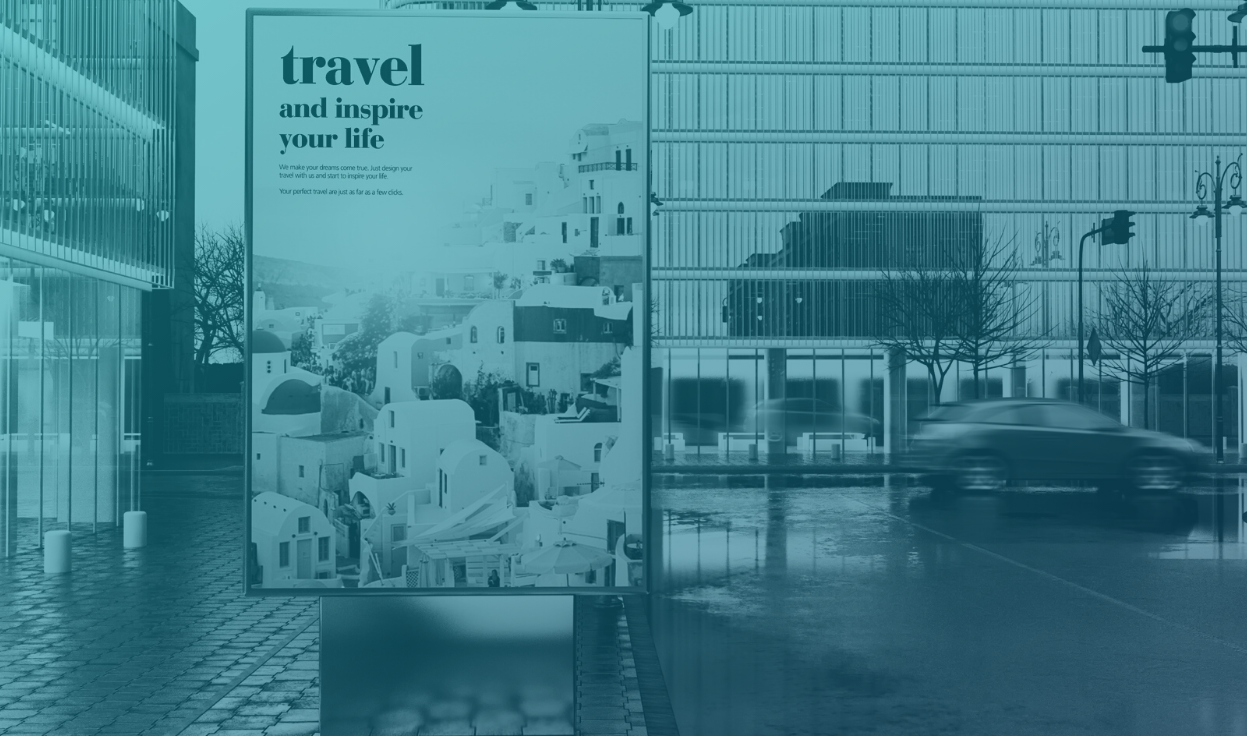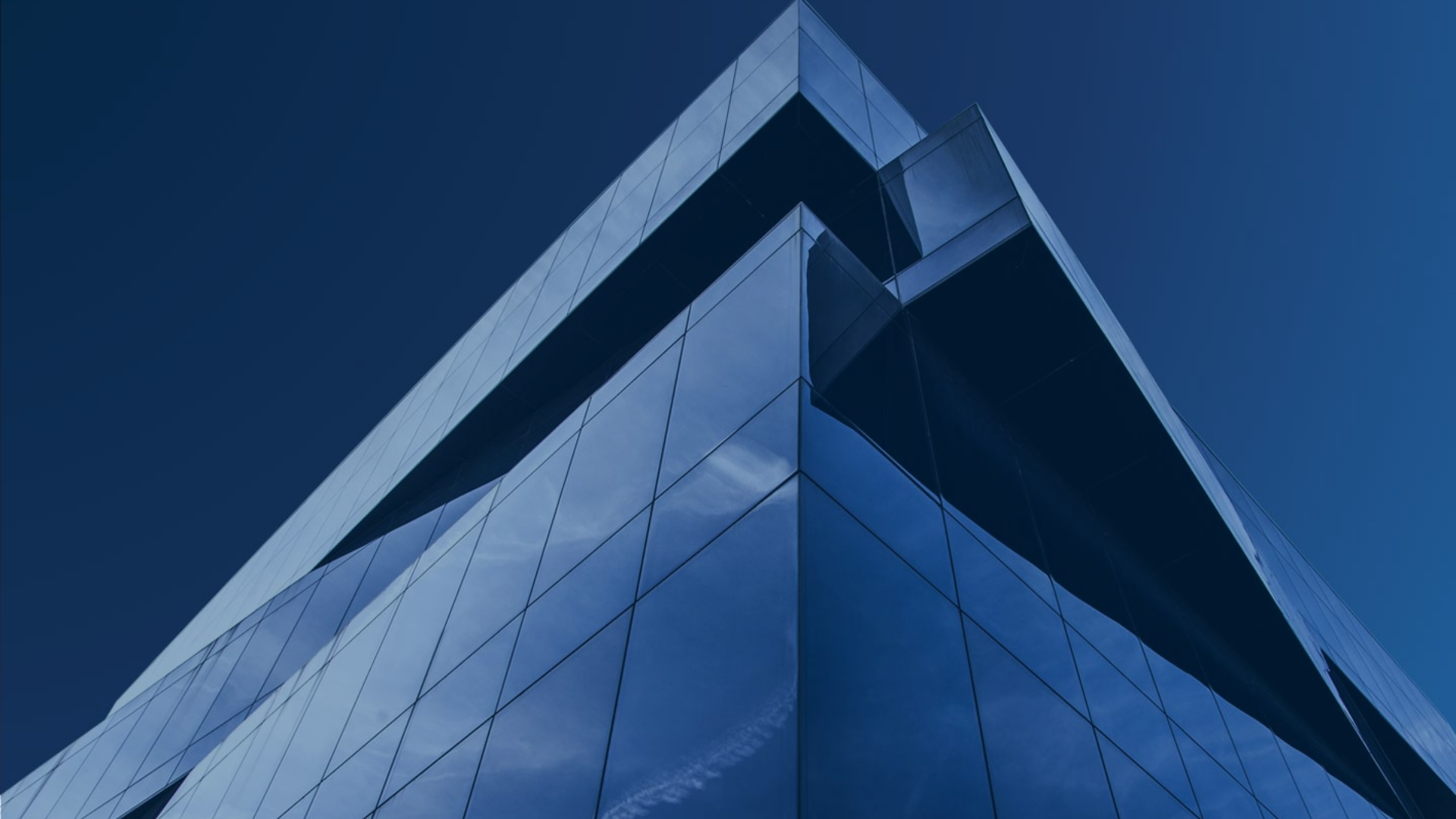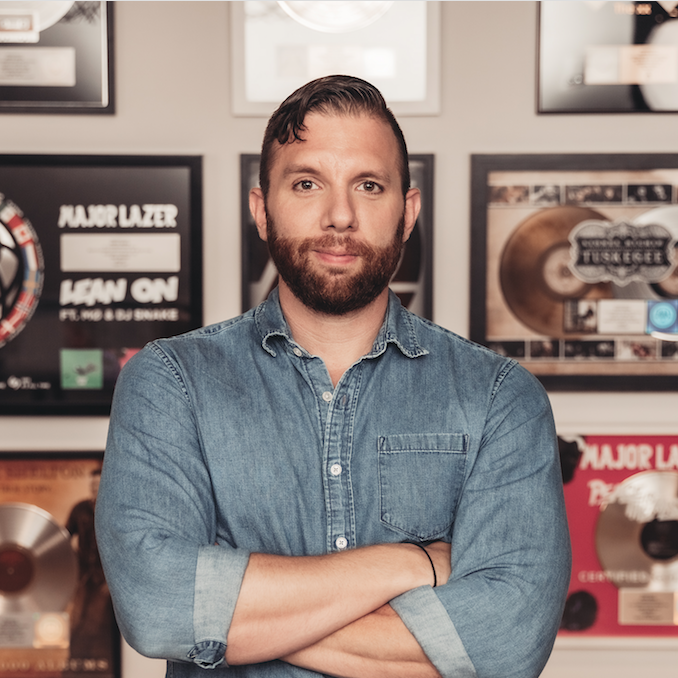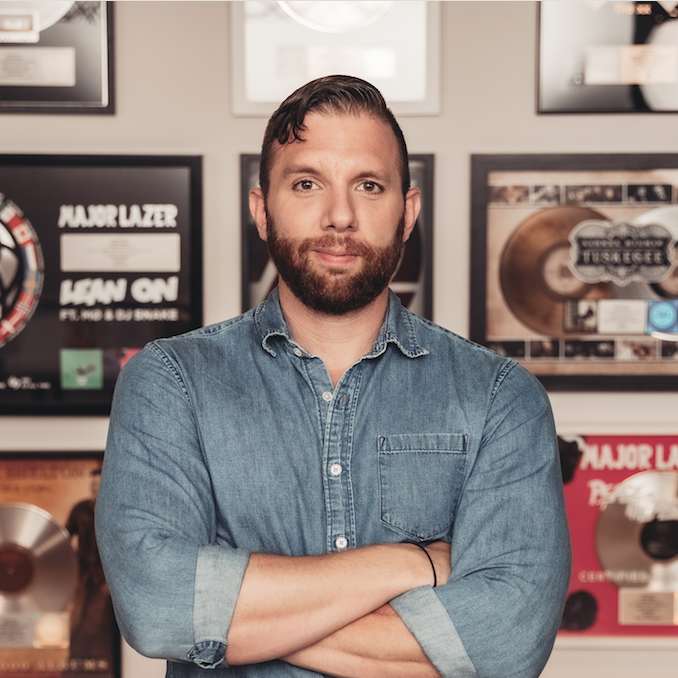The Summer of 2021 Will Shape the Future of Advertising
May 10, 2021
Our typical summers are heralded in with talk of warmer weather, can’t-miss events, blockbuster movies and songs that will stay stuck in your head for the rest of the year. Here in Boston, anticipation starts to build as soon as the temperature jumps above 50 degrees and any last-minute snowfall in Q2 only further fuels our collective enthusiasm for brighter days ahead. And since things have been anything but typical this past year, we are gearing up for a summer like no other.
Around this time last year, new consumer trends had emerged, as an already-growing shift towards digital exploded in our first month of collective quarantine. With sports and sitcoms on pause, CTV/OTT platforms like Hulu and Roku saw tremendous growth. We ran out of hand sanitizer, Clorox wipes, and toilet paper quickly, but items like home fitness equipment, patio heaters, and the Nintendo Switch were soon scarce as well. As streaming content, ecommerce, and home delivery surged, brands and marketers shifted their strategies to align with consumer behavior. We found ourselves in a challenging position working with Fender, its products often purchased after hands-on trial, was hamstrung as nearly every physical store carrying instruments closed down. But a shift to ecommerce, with emphasis on beginners paired with extended free trials of its Fender Play app offering guitar lessons on-demand, helped the brand achieve record sales, up 17% YOY.
Twelve months later, we find ourselves at another inflection point. Some of these digital-driven trends are here to stay, but as we sit on the precipice of a new “Roaring Twenties” we must once again adapt. Currently in Massachusetts, more than 70% of adults are at least partially vaccinated. Our audiences are venturing back outside, eager to overindulge and make up for lost time.
So, what does that mean? While marketing budgets should continue to focus on digital, media mix should expand, with particular emphasis on Out of Home (OOH). From highway billboards to airports, subways and street-level signage, eyeballs will return en masse. Eye-catching creative in prime locations can influence audiences enjoying the world outside their own screens. And while interest in OOH is increasing, many brands remain cautious, waiting for further upticks in foot traffic and public transportation. For the moment, it’s still a buyer’s market, and advertisers need to capitalize now.

We should expect to see digital ad costs continue to increase as well. We began tracking the impact of COVID on the Facebook Ads marketplace last year and are seeing CPMs approach 4x their cost from a year ago in the US. As more businesses reopen, live events return, movies premiere and events like the Summer Olympics capture worldwide attention, expect this trend to continue. Some of digital’s most premium products – Twitter’s Promoted Trends, YouTube’s Masthead, TikTok’s Hashtag Challenges and HPTOs on high-profile sites will be harder to come by. Again, the time to plan was yesterday.
And what of our newly-established norms? Will livestream concerts, conferences, and classes live on when the doors open up again? Absolutely.
2020 taught us that we have the technology and know-how to bring equity to experiences that were once only in-person.
Access in itself is a premium concept, and the best businesses and marketers will find ways to spin hybrid events to each potential audience. In that sense, the conversation is less about our new norms and more about the fact that we’ve eliminated certain norms altogether. Businesses that once considered remote work unfeasible have found success in embracing it. In-car radio listenership during traditional rush hours declined, but overall listenership increased as audiences found more time in their day to tune in on more devices. We’re all sick of Zoom meetings right now, but I’m confident that going forward we’ll appreciate the fact that not every client meeting requires travel. We like flexibility, and it may be the only gift the past year gave us.

Looking further into the future, I can see a world where events like SXSW and Coachella are not only live streamed alongside their in-person experiences, but where organizers showcase them in smaller venues across the country, catering to and capitalizing on audiences who aren’t able to make the trip. Our ability to congregate and share in these collective moments will increase and marketers will lead the charge in selling such experiences.
The future of advertising will be defined by acknowledging that your audience is much bigger than you ever thought possible. And the summer of 2021 will be the beta test for reaching those new people, wherever they may be.
Our guest blogs are written and produced by organizations within our membership. They are not intended to reflect the views nor opinions of the Greater Boston Chamber of Commerce.


Jason Carrasco has been with Gupta Media for over 15 years, as the company’s first employee. A digital marketing enthusiast, he built Gupta’s media buying team from the ground up, developing strategy, building relationships with key vendors and managing campaigns for some of the biggest brands in the world. His work in the digital space helped launch the careers of artists like Lady Gaga and Vampire Weekend, as well as products like Amazon Music Unlimited, Amazon’s voice-driven music streaming service. Jason lives (and currently works) in Westwood with his wife, Mercedes, and their two children.